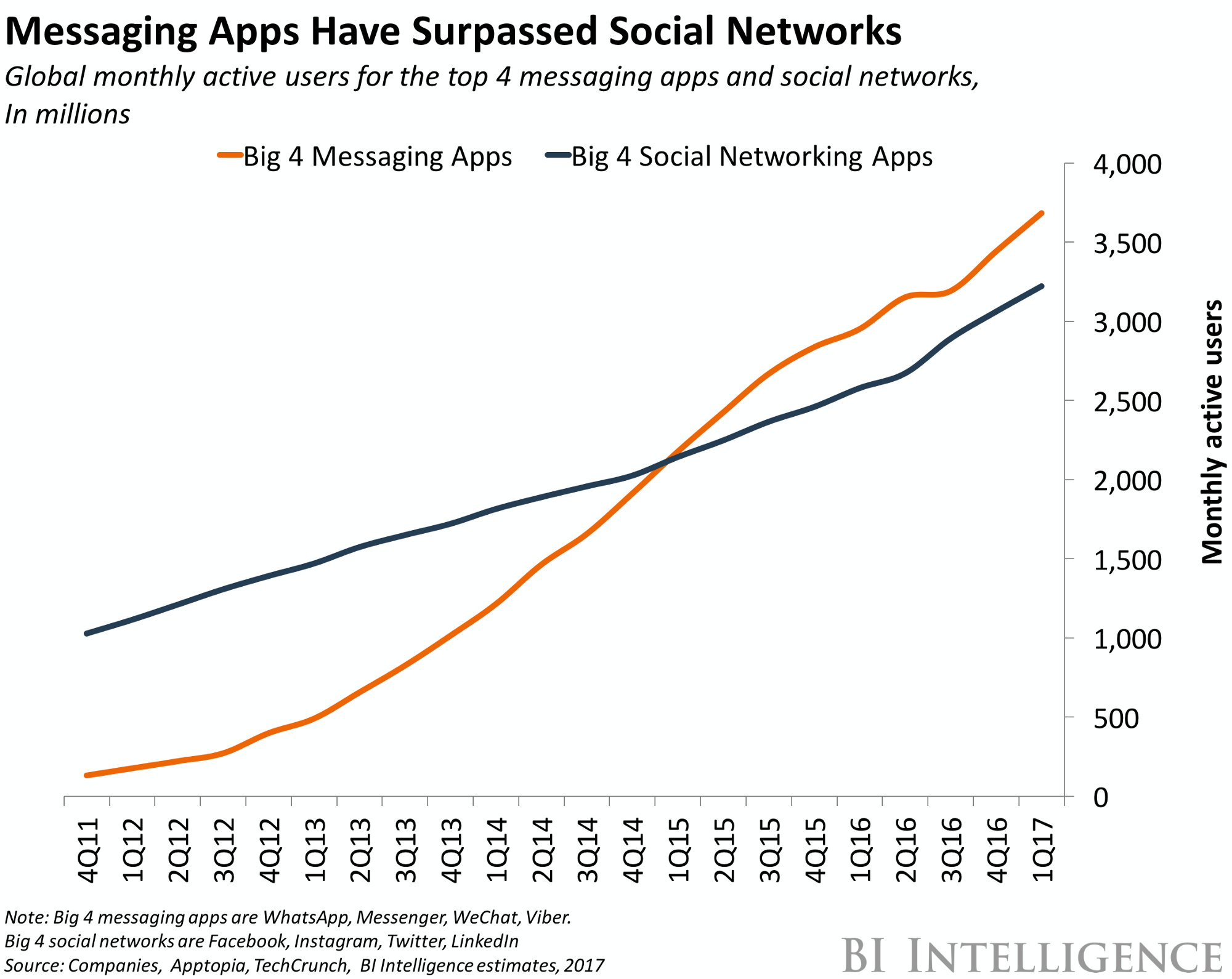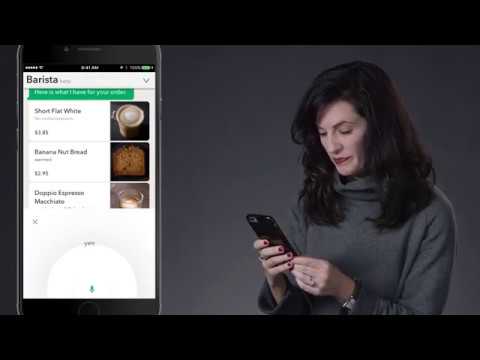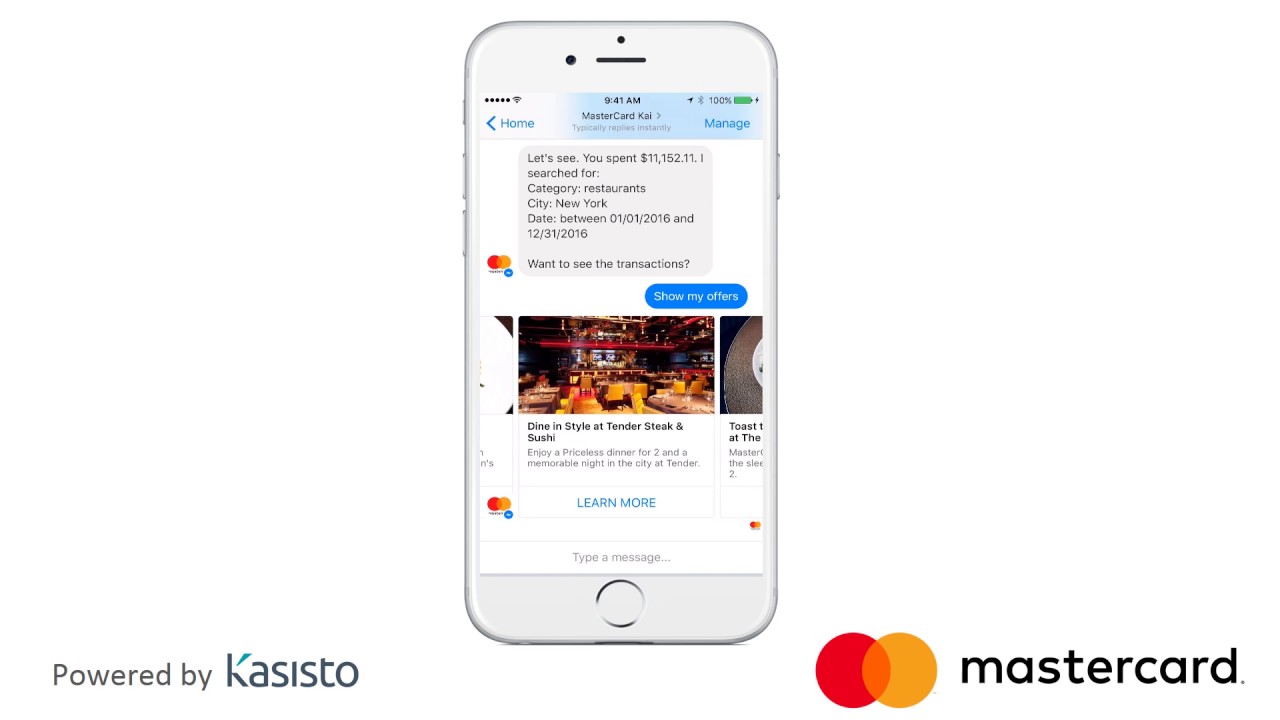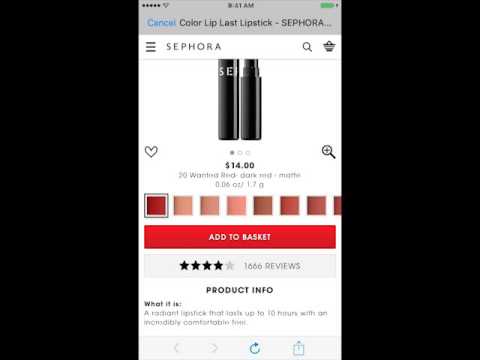The story of a 1.5 Billion User App Built by this World-Changer
- This is the story of how one poverty-stricken immigrant built an app used today by 1.5 billion people worldwide.
The man is perched on the keypad typing briskly; from time to time he pauses for three seconds to check each paragraph.

It’s a cold February morning, but he doesn’t mind the snow falling outside his window. He is writing an article on his company’s blog letting the audience know about the latest milestone he and his team achieved. After pushing the publish button, he leans back on his seat, his face beaming with the satisfaction of achieving his dreams. He takes a moment to ponder the befuddling journey he had started out years ago.
He remembers how eight years earlier, he was discussing his idea he had for a new smartphone app with some friends meeting over pizza and drinks. They encouraged him to put his idea into practise so on his birthday that year he set up his company in California, USA. He was unemployed at the time so in the months following he hardly remembers doing anything else but endless hours of back-end coding to get his app running.
As any app in early developing stages, his platform kept crushing or getting stuck. He had almost given up when his long-time friend and university colleague told him to stay the course and keep working on it.
“You’d be an idiot to quit now,” he said. “Give it a few more months.”
His app received a surprising help from the smartphone developer and he made the most of it. He also updated it to meet the needs of its early users. The 2.0 update brought an unexpected increase of 250,000 active users. He looked at the user growth spike in amazement. His app was definitely promising to turn into a full-fledged success. His supporting friend shared his confidence and invested $250,000 in his developing app. He came on board the company as the cofounder.
The man stands up, walks to his window and watches the snow fall. He smiles briefly while comparing the warm winters in California with the especially hard winters he lived through in his birth country.
He spent his childhood in a communist-ruled country going to school in -20 C winter days. Using the bathroom meant strolling to the parking lot because the school didn’t have inside facilities. As he told his friends, he didn’t have to read the 1984 novel because he experienced it first hand.
When the political environment took a turn for the worse and it was increasingly dangerous for their family, they migrated to USA when he was only 16. He moved to freedom together with his mother and grandmother, his father vowing to join them later. Unfortunately, his father fell ill and five years later he died, breaking his promise to his family.
In the USA, his family lived on the brink of poverty. They survived mostly on food stamps while he worked as a cleaner in a grocery store supporting his mother’s income as a babysitter. His mother was soon diagnosed with cancer and passed away within a few years. He recalls the day of her funeral and lets out a deep sigh. His eyes look out the window with sadness. Years of hurt and sorrow ensued. However he managed to find the inner-strength needed to push through the grief and make a life for himself.
He learned English and became interested in programming. That’s the moment that changed his life. He didn’t have a computer until he was 19 and yet he taught himself programming by studying manuals he was buying from the local bookstore. His new-found passion for programming led him to enrol in university.

Jan Koum / scmp.com
I want to do one thing and do it well.
Jan Koum via forbes.com
The man in my story is Jan Koum, founder of WhatsApp.
WhatsApp was launched in 2009 and as of 2018 there are 1,5 billion people using the app on a daily basis making it the no 1 messaging app in the world. According to analysts, the giant messaging app is currently worth $50 billion.
And it all started … when education happened.
Jan Koum is a world-changer. The next one could be YOU!
This Year take one step closer to the future you want for yourself (or for your beloved ones) and invest in education!
Get your ticket for BRAND MINDS 2019 and meet the most renowned world-changers of the moment!
This is the second article in our Success Stories Series. Read the first story here:
The $8 Billion Company built by this World-Changer
sources:
https://www.forbes.com/sites/parmyolson/2014/02/19/exclusive-inside-story-how-jan-koum-built-whatsapp-into-facebooks-new-19-billion-baby/#3abe39422fa1
https://www.eyerys.com/articles/people/memories-rags-riches-jan-koum
https://www.wired.co.uk/article/whats-app-owner-founder-jan-koum-facebook
How to Use Chatbots to Increase Sales
Making a sale today means communicating with a very demanding and digitally savvy customer. Customers expect businesses to deliver tailored experiences and meet customers’ demands with the right information at the right moment, as this Google report states. We are living in an on-demand environment!
One business rule of thumb is to go where your customers are.
But where do customers go when they want to talk to each other?
Latest statistics may surprise you: they turn to messaging apps instead of email, sms or phone.

image source: BI Intelligence
This article will help you understand more about chatbots, how to use them to increase sales and discover 3 examples of brands using chatbots.
Chatbots – what are they?
Chatbots are bots that businesses can program to achieve various objectives. Chatbots are software that interacts with users, answers queries, manages particular requests etc. Chatbots are powered by AI and NLP technology which allows chatbots to talk to the user in a conversational format. Also chatbots can assist the user with graphics like images, buttons, menus etc.
The 2016 Facebook Insights Report reveals 5 very interesting statistics regarding customer behaviour:
- Over 1 billion people use Messenger to connect with businesses every month;
- 63% of business owners said messaging from customers has increased over the past 2 years;
- 56% of customers would rather message a business than call for customer service;
- 61% of customers like personalized messages from businesses;
- 47% of shoppers are open to buying items from a bot.
As the percentages mentioned above show, communication has moved to messaging apps. From a sales perspective, talking to a person is a great way to gather information about your business’s buyer persona, his or her interests and likes, where this person is in your company’s sales funnel.
Your customer service executives can handle a few dozen of customers’ inquiries a day during business hours. But can they accommodate a few hundred a day? How about answering messages outside the 9-5 program or during the weekend?
That’s why chatbots can become a very powerful and useful tool for businesses.
Chatbots – what can they actually do?
Chatbots have become increasingly important as brands are using messaging applications to reach consumers.
Here is what businesses can use chatbots for:
- 24/7 customer support;
- Keep track of your store’s inventory;
- Inform customers when a product they were searching for is back in store;
- Assist with managing your online store;
- Collect customer data: interests, previous purchases, searching history etc;
- Help identify qualified and unqualified leads;
- Send marketing or informational materials;
- Help move leads through the sales funnel.
How can your business grow by using chatbots?
Chatbots are revolutionizing the customer experience and helping businesses achieve marketing and sales objectives at a lower cost than traditional advertising.
Your business can benefit from using chatbots as follows:
- Lead generation & collection
A study conducted by Sprout Social found that brands ignore almost 89% of messages that require a response; the consumers expect a reply within four hours, but they receive it after a 10-hour wait. Enough to make them lose interest and turn to other brands.
- Retargeting for each step of your sales funnel
Chatbots store a buyer’s history; this means that whenever that particular buyer visits the store again, the chatbot can suggest products with the caption “You may also like this”.
- Product recommendations
Is your business using email messages to upsell and cross-sell? You may want to switch to messaging apps instead of email as a tool for delivering your messages.
HubSpot made an experiment to find out which tool was better for their business: Facebook Messenger or the good-old email?
What they found was really surprising: the message delivered through Messenger had an average open rate of 80% and an average click-through rate of 13%!

hubspot.com
3 examples of brands using chatbots
My Starbucks barista:
- Order your coffee by text or voice;
- The chatbot tells you how much your coffee costs and when it is ready.
Mastercard Facebook Messenger:
- Can help the user break their expenses on categories (how much the user spent on coffee for example), stores (McDonalds’s, Starbucks etc.), cities etc.
- The user can setup alerts;
- The user can instruct the chatbot to make payments.
Color Match for Sephora Virtual Artist via Facebook Messenger:
- The bot helps users match their lipstick shade to outfits;
- The user sends her selfie photo and try on any lipstick in Sephora store;
- The user can browse products in Sephora store and make purchases inside the bot app.
Benefits of using chatbots for your business:
- Improve conversion rates;
- Increase open rates and click-through rates;
- Decrease cart abandonment;
- Increase customer satisfaction;
- Boost traffic and sales;
- Optimize buyer personas;
- Efficiently push customers down the sales funnel;
- Drive brand awareness.
Expert’s statement
We asked Vlad Mustiata (CEO & Founder) and Madalin Preda (CMO & Founder) at DEQOD & ChatX:
Are chatbots “absolutely necessary” or “we can do without”?
This is what they told us:
As chatbots developers, we truly believe that they will have a big impact in the future, maybe even bigger than the smartphone. All the industry is looking forward for the first chatbot or virtual assistant that will be used by people on a daily basis, but that requires two things:1. Further development of the technology (Natural Language Processing / Natural Language Understanding, Voice Recognition, Sentiment analysis )and2. Finding use-cases where chatbots can provide a better User Experience than what a Mobile App or Website can offer now.If you want to be one step ahead of the competition, we recommend to start using chatbots as one of your ‘pocket aces’.


